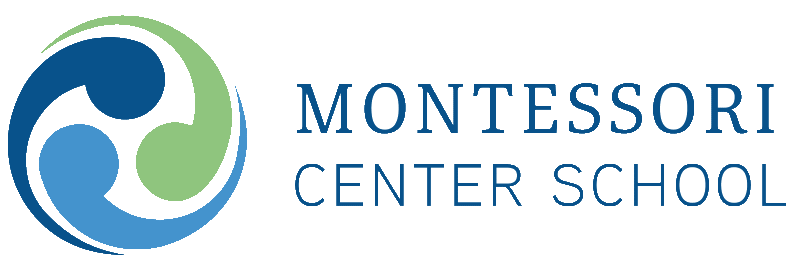Montessori Materials Explained
“Practice makes permanent.” “Nothing goes into the mind that does not first go through the hands.” – Dr. Maria Montessori
On this #MontessoriMonday, we continue our discussion about our unique Montessori materials. Montessori Center School has been providing individualized Montessori education to children in the Santa Barbara area for over 50 years. Affiliated with the American Montessori Society and offering the only Montessori elementary program in the area, children ages 18 months through sixth grade develop into independent, self-motivated, confident, life-long learners. Our classroom materials are designed to:
- Simplify abstract concepts
- Help develop fine motor skills
- Isolate one concept or skill at a time
- Provide a hands-on, experiential approach to learning
The didactic nature of Montessori materials allows students to independently learn and master concepts through repetition and practice. Aesthetically pleasing to the eye and purposefully engaging, each material is designed with visual control of error, allowing students to work at their own pace while recognizing and self-correcting their own mistakes. Over time, Montessori students develop strong problem solving and concentration skills.
Within the Montessori classroom, materials are displayed in their own curriculum area – also known as Practical Life, Sensorial, Mathematics, Language, and Culture. Materials are organized from left to right, providing a logical path to learning, and progress in order of difficulty. Below we highlight a few materials found in our Practical Life and Mathematics areas.
Curriculum area: Practical Life

Dressing Frames: allow children to tie and untie laces and bows, zip and unzip zippers, and fasten and unfasten buckles.



Hands-on daily tasks: pouring and scooping, watering flowers, sweeping, washing a window
Curriculum area: Mathematics
Binomial Cube: The binomial cube consists of eight wooden blocks that fit together: one red cube, three black, and red prisms, three black and blue prisms, and one blue cube. They can teach different math concepts depending on the child’s age. In the primary levels (ages 3-6), it is used as sensorial material. Younger students can learn about patterns by organizing the pieces like a puzzle. Older children use the cubes to visualize algebraic equations. For example, a red cube represents a 3 and a blue cube represents b 3 . Children use these blocks to create a visual representation of each equation.
Checkerboard
Like the binomial cube, the checkerboard helps children develop advanced mathematical skills. Children can learn short and long multiplication with the hierarchies in the decimal system up to 100,000,000. Each row and column represents a different value. The colors green, blue, and red representing the units, tens, and hundreds place values are recognizable from previous Montessori math materials to give children a sense of mastery. Children place beads on the checkerboard in the correct places, which helps them visualize the result of each multiplication problem.
A beautiful aspect of the Montessori method is that children are active participants in their own learning, where they engage in a thoughtfully-designed, academically stimulating environment. This learner-centered approach fosters children to develop critical 21st-century competencies to prepare them for life.
If you are interested in learning more about our program, please contact our Director of Admissions, Alyssa Morris, [email protected] , 805-683-9383 x104.
#educateengageempower
#learnerempowerment
#academicexcellence
#developmentofthewholechild
#montessoricenterschool
The post Montessori Materials Explained appeared first on Montessori Center School.
Programs
Montessori Center School admits students of any race, color, religion, national and ethnic origin, gender identity, and sexual orientation to all rights, privileges, programs and activities general recorded or made available to students at the School. It does not discriminate on the basis of race, color, religion, national and ethnic origin, gender identity or sexual orientation in the administration of its educational programs, admission and tuition assistance policies, and athletic or other school-administered programs. Non-Profit Education Organization, License No. 426205239




